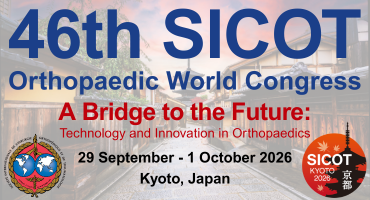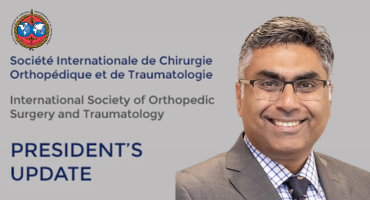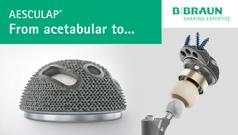EFORT Open Rev. 2025 Oct 1;10(10):782-795. doi: 10.1530/EOR-2025-0022.
ABSTRACT
PURPOSE: To quantify the response to intra-articular saline administration in terms of pain, function, and quality of life, with a focus on the evolution of placebo response over time and the identification of influencing factors on the placebo response to knee osteoarthritis injections.
METHODS: After registration on PROSPERO, a systematic review was conducted following PRISMA guidelines to identify double-blind, placebo-controlled randomised clinical trials on intra-articular knee injections for knee osteoarthritis. The placebo response was evaluated through meta-analyses of VAS pain, WOMAC, KOOS, and responder rates at 1-, 3-, 6-, and 12-months on placebo arms of included trials. The evolution of placebo response over time was assessed, and meta-regression was conducted. Risk of bias and quality of evidence were assessed following Cochrane guidelines.
RESULTS: From the initial 2,746 records, 73 articles on 5,895 patients were included. The meta-analysis demonstrated statistically and clinically significant improvements at the 1-, 3-, and 6-month follow-ups. At the 12-month follow-up, placebo response declined and was no longer clinically significant for some sub-scores. Responder rates exceeded 50% at 1-, 3-, and 6-months. The placebo response was stronger in studies with a higher proportion of female participants and in more recently published trials.
CONCLUSIONS: Placebo response to intra-articular injections is statistically and clinically significant in knee osteoarthritis for pain, function improvement, and patients' quality of life, with responses peaking at 4-8 months but evidence up to 12 months. Among influencing factors, female sex and recent publications seem to present stronger placebo responses, emphasising the importance of placebo-controlled trials to evaluate knee osteoarthritis treatments.
PMID:41031623 | PMC:PMC12495556 | DOI:10.1530/EOR-2025-0022

















